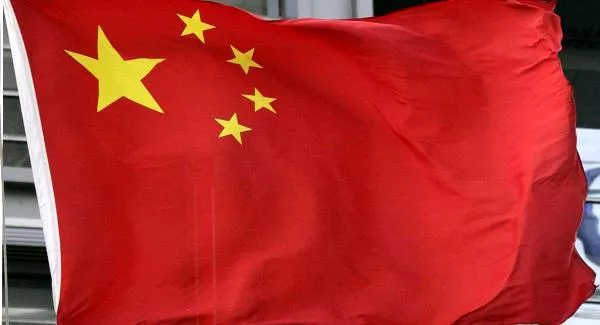China has marked the latest ratcheting-up of trade tensions with a misplaced history lesson.
Far from worrying about its economic role in the world, the US should recognise just how well the two countries already support each other. According to a white paper released by China’s State Council China-US bilateral trade strongly complements each other.
The US stands at the mid-and high-end in global value chains and it exports capital goods and intermediary goods to China.
Remaining at the mid-and low-end in global value chains, China mainly exports consumer goods and finished products to the US. The two countries play to their comparative strengths and the two-way trade is highly complementary. I’ve argued frequently in recent months that the Trump administration’s push for a trade war with China is misguided and likely to fail, lacking in compelling justifications, and driven by a dangerous radicalism. At the same time, Beijing is going to need to do better than this to defend its position.
The white paper seems to restate a trade model developed by Swedish economists Eli Heckscher and Bertil Ohlin in the early 20th century.
Countries with a lot of capital and land, such as the US, will specialise in exports of capital-and land- intensive goods, such as advanced manufacturing, services, agricultural produce and materials. Those with a big workforce, like China, will focus on labour-intensive products like consumer goods and basic manufacturing.
That’s a good description of the bilateral relationship that developed over the past two decades. The trouble is, both sides expect the coming years to be very different.
For one thing, China’s labour boom is coming to an end. Its workforce fell last year for the first time in five decades, putting it alongside Russia, Japan, Italy and Spain as one of the handful of major economies with a shrinking employment pool.
Over the past five years, the US, Turkey, Mexico and the EU — not to mention more than a dozen developing countries — each added more workers than China. That won’t change the fact that China still hosts more than a fifth of the world’s labour force, but it illustrates how its economy is changing.
Capital is shifting in a similar way. China’s stock overtook that of the US in 2012, according to data compiled by the University of Groningen in the Netherlands, and has continued to grow ever since. Even adjusting for the size of its population, the shift has been dramatic: In 2000, the US capital stock per person was about 12 times the level in China. By 2014, the ratio had fallen to about three times. China’s investment boom in 2016 and 2017 may well have led that ratio to slip further.

One figure in the State Council’s white paper, foreign direct investment, illustrates that the issue isn’t so much the history of China’s complementary relationship with the US, but the future of its growing wealth and looming demographic changes. Both factors upend the very model Beijing proposes.
In 2003, Chinese foreign direct investment in the US was just $65m (€55m), little more than a rounding error. This makes sense — after all, the People’s Republic was a developing economy seeking investment from richer nations.
Since then it’s changed dramatically. Having hit $17bn at the end of 2016, it jumped to $67bn a year later, according to Ministry of Commerce data. That’s on a trajectory to overtake the sum invested by the US in China, which came to $83bn in 2017.
Many of Beijing’s actions that most annoy Washington — its hi-tech foreign acquisitions, or the desire to upgrade manufacturing expertise through the Made in China 2025 programme — are ultimately attempts to offset the gradual decline of China’s labour force with a shift toward higher value-added, capital-intensive products. That desire is perfectly understandable, but so is the alarm in rich countries. In moving up the value chain, China switches from being a complementary partner to a competitive rival.
That moment could still be some years off. While its capital stock per head has grown rapidly, the level still leaves China a middle-income country on a par with Mexico and Russia, and somewhat behind Brazil.
Even so, it’s little wonder that the US and China have an eye on more distant prospects — and disingenuous of Beijing, given its ambitions of global leadership by 2050, to put so much focus on a model that peaked a decade ago. The world’s primary exporters of capital-intensive goods — and, ultimately, capital itself — have always been powerful. When the UK and its empire passed that baton to the US in the wake of the First World War, their shared culture and the trauma of European conflict eased the transition.
To make this next shift easier, the US needs to accept that it is inevitable. However, China also needs to be honest about what’s happening.
Focusing on a past Beijing is desperate to escape won’t inspire confidence in the partners China needs to support its rise.
Bloomberg






